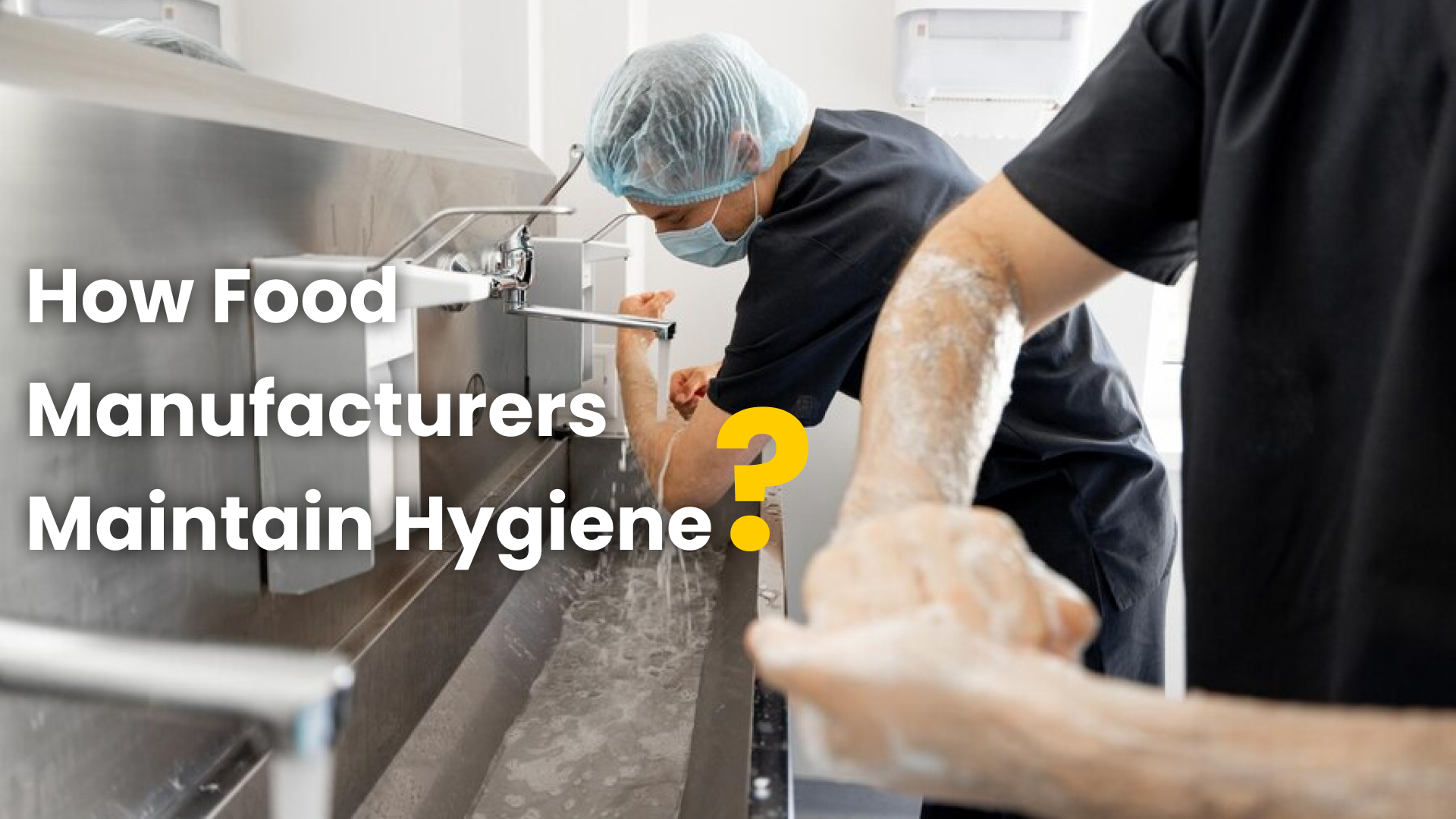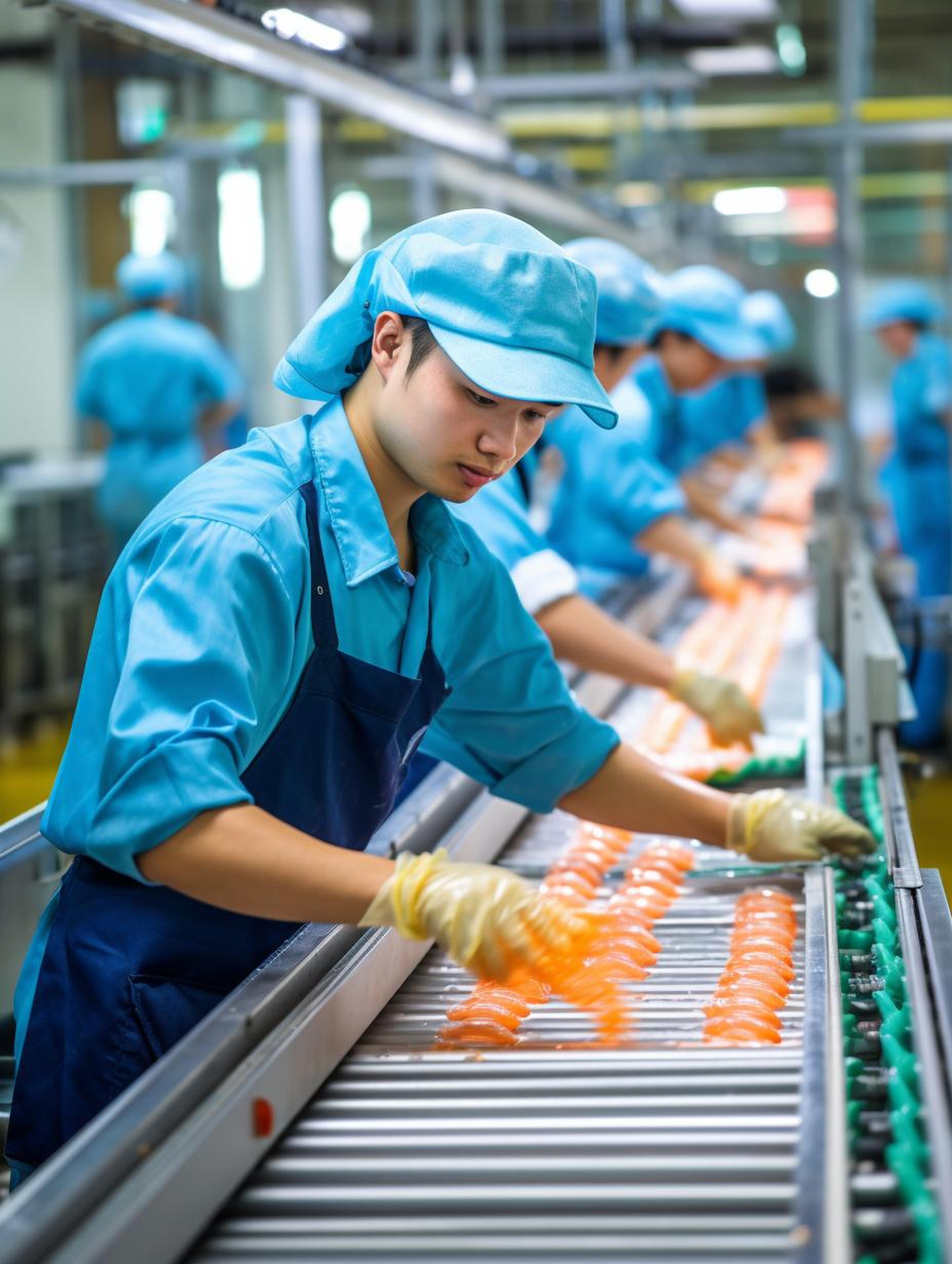Maintaining hygiene practices in food factories is vital for the preparation of safe and high-quality food products. Follow along as we take a look at these facilities up close and personal, showing you how they are clean and safe.
Introduction
Food is made in mass—food factories. These factories must remain very clean in order to keep food safe for us to eat. Just like we wash our hands before eating, these factories have rules and practices in place to ensure food is not contaminated or makes people sick. Let’s learn how they do this.
So, with that being said, Hygiene in Food Factories: Why Important?
Why is Hygiene Important in Food Factories?
Preventing Illness: Cleanliness prevents harmful germs from entering the food that can make people sick.
Following the Law: Governments put rules into place requiring food factories to follow them to keep food safe. Failing to comply with these rules can bring fines or other penalties.
Keeping Customers Happy: People trust and buy more food when they know that the factory makes it clean and safe.
Essential Practices for Continuing Hygiene
Food factories utilize multiple strategies to maintain a clean environment:
Cleaning and Sanitizing
The factory is required to be thoroughly cleaned on a routine basis. This includes:
Cleaning Surfaces: This includes dirty surfaces like tables, floors, and machines.
Sanitizing Equipment—Applying specific cleaning chemicals to ensure tools and machinery are germ-free.
Following Procedures: Sanitizing factories have written steps—called Sanitation Standard Operating Procedures, or SSOPs—that instruct workers exactly how to properly sanitize every single surface.
Employee Hygiene
Many workers help keep things clean:
Hand Washing: Employees should wash their hands with soap and warm water for no less than 20 seconds, including after using the bathroom or handling raw food.
Hygiene Uniforms: Making sure the staff works with clean clothes and hairnets to avoid hair or dirt getting to the food.
Health Inspections: Workers need to be checked to ensure that they aren’t sick, which can help prevent infection.
Proper Food Storage
Correctly storing food helps make sure it’s safe:
Temperature Control: The act of keeping cold foods cold and hot foods hot in order to prevent germs from growing.
Becoming familiar with safe separation: raw foods from cooked.
Pest Control: Ensuring that insects and rodents are kept out of the food storage areas.
Regular Maintenance
Maintaining the factory’s machinery and facilities is vital:
Repairing leaks: If you have leaking pipes or roofs, repair them to prevent water build-up, which can create ideal conditions for mold and pests.
Equipment Checks: Periodically inspecting equipment to ensure they operate correctly and do not contaminate the product.
Cleaning Schedules: A schedule for how and when different sectors of the factory get cleaned.
Training and Education
Educating workers on hygiene helps preserve standards:
Routine Training: Conducting classes to train workers on efficient cleaning procedures.
Staying Updated: Adhering to new hygiene regulations and ensuring that all employees are aware.
Building a hygiene culture: Making it matter to everyone
October 2023, the training data used to build your model.
Cleaning a food factory is not an easy task. Some challenges include:
Busy Schedules: There’s a lot of food to cook, and it can be difficult to carve out time to get everything clean.
Complex Equipment: Some machines can be difficult to clean, and it can be hard to ensure that germs are fully eradicated.
Hygiene rules are constantly changing, so factories must keep up to date to ensure they are compliant.
Automation: The New Frontline of Hygiene
Technologies to help keep food factories clean:
Autonomous Cleaning Systems: Mechanisms that clean other mechanisms, thus minimizing the probability of human error.
Monitoring: Sensors to ensure areas are clean and temperatures are safe for food storage.
Data tracking: Recording information, such as cleaning times and what is cleaned, to ensure all of the necessary tasks are completed.
Conclusion
Just like we maintain cleanliness at our residence for good health, food industries also have strict guidelines and practices that we follow to keep a check on the safety of food being consumed. They regularly clean everything, ensure workers follow hygiene regulations, store food appropriately, keep their equipment well-maintained, and train their staff. All of these efforts together give us food that is both tasty and safe.

